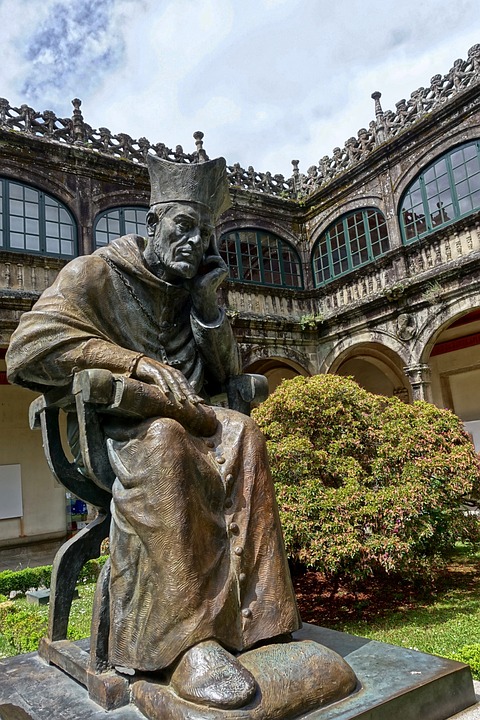Introduction
Santiago de Compostela, located in the northwestern part of Spain, is a city shrouded in history, spirituality, and mystery. Known primarily for being the endpoint of the Camino de Santiago pilgrimage route, this charming city offers a captivating blend of ancient legends and rich historical significance. From its iconic Cathedral to its narrow medieval streets, Santiago de Compostela is a treasure trove waiting to be explored.
The Origins of Santiago de Compostela
Santiago de Compostela has its roots in the past, having been founded in the 9th century. According to legend, the remains of the apostle James were discovered in the region, leading to the construction of a grand Cathedral in his honor. This Cathedral, often considered the heart and soul of the city, attracts pilgrims from around the world.
The Camino de Santiago
The Camino de Santiago, also known as the Way of St. James, is a network of pilgrimage paths that converge in Santiago de Compostela. Pilgrims undertake this remarkable journey for various reasons – spiritual, cultural, or personal. The route passes through breathtaking landscapes, ancient villages, and historical landmarks, providing an immersive experience of history and self-discovery.
The Legends of Santiago de Compostela
Santiago de Compostela is steeped in legends that add to its mystery and allure. One such legend tells the story of a knight who saved the city from invaders by mere chance. Another popular tale speaks of a hidden treasure buried beneath the Cathedral, attracting treasure hunters throughout centuries. These legends, passed down through generations, continue to fascinate locals and visitors alike.
The Pilgrims’ Experience
For pilgrims undertaking the Camino de Santiago, arriving in Santiago de Compostela is a momentous occasion. The sense of achievement and the overwhelming spiritual atmosphere create an unforgettable experience. Many choose to attend the Pilgrim’s Mass at the Cathedral, where they can witness the mesmerizing Botafumeiro, an enormous incense burner that swings through the nave. This ritual, dating back centuries, symbolizes purification and spiritual cleansing.
FAQs
What is the best time to visit Santiago de Compostela?
The best time to visit Santiago de Compostela is during the summer months, from June to September. The weather is pleasant, and you can witness various cultural events and festivals.
Can I visit Santiago de Compostela without undertaking the Camino de Santiago?
Absolutely! Santiago de Compostela offers a wealth of attractions and experiences for all visitors, regardless of whether they have walked the Camino. You can explore the historical old town, visit museums, indulge in traditional Galician cuisine, and enjoy the vibrant atmosphere of the local markets.
Are there guided tours available in Santiago de Compostela?
Yes, there are numerous guided tours available in Santiago de Compostela. These tours provide insights into the city’s history, architecture, and legends, allowing visitors to uncover hidden gems and discover lesser-known stories.
What other attractions are there in Santiago de Compostela?
Aside from the Cathedral, Santiago de Compostela boasts other notable attractions. The beautiful Alameda Park offers stunning views of the city, while the Monastery of San Martiño Pinario showcases exquisite Baroque architecture. Additionally, the Galician Center of Contemporary Art features contemporary artworks by renowned artists.

